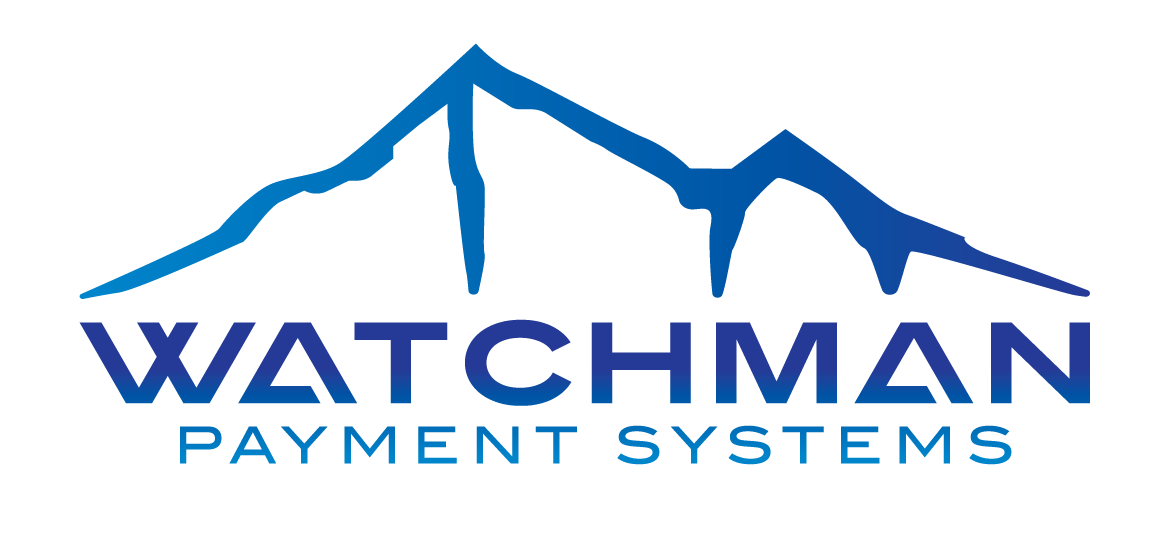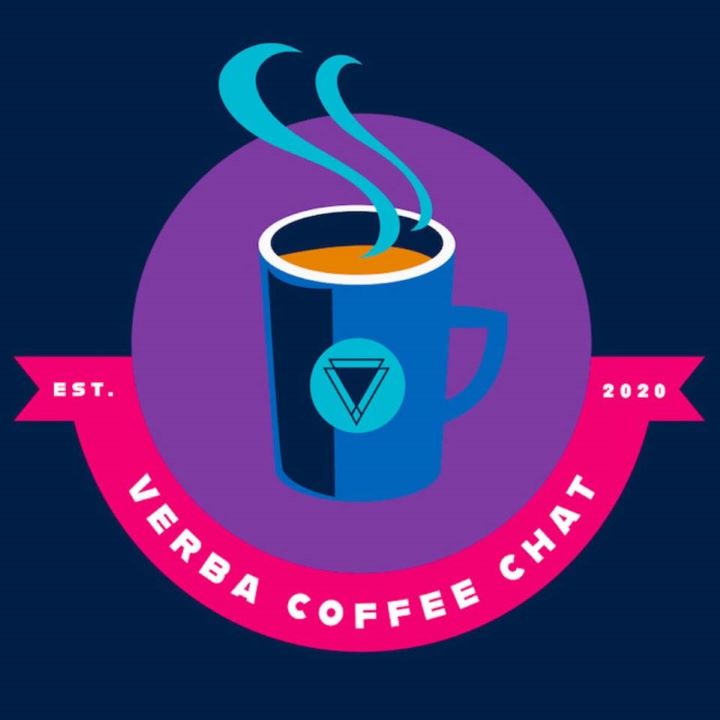In the last post, we wrote about how friction can land heavily on the Campus Store and students with manual work and special processes. This post is about the impact to other staff in other departments – like the Bursar, IT and Student Accounts.
Conventional billing methods can be substandard when it comes to special fund types typically found on campus, which puts even more pressure on campus staff. Charging Financial Aid, Sponsors or the student account from the campus store or other auxiliaries is appealing but not always simple. When required, the added complexity of the payment process often requires extra training and laborious one-off solutions for each source.
It’s common in our communications with customers and prospects to hear of processes that require a key member of the team to figuratively “lock themselves away” for days or even a week at a time to trudge through a stack of spreadsheets and manual entries and reconciliations. So, while the work gets handled, it’s often at the expense of other important work and at least one person’s time. It’s not popular to say the least.
Further, each time a transaction requires multiple people in multiple departments to review and handle it, the transaction is slowed and the chance for an error or something slipping through the cracks increases.
Lack of automation can stifle good programs
Unintended bottlenecks can occur if campus staff is bogged down by the logistics of scaling rapidly growing programs. In the case of Inclusive Access billing, collecting & loading files, tracking their load, and accounting for all these disparate fund sources creates more work for the Campus store, Student Accounts, Bursar, and IT. Increased scale on the front end does not translate to the back end, and problems need to be handled manually. This makes the exciting new benefits of programs like IA harder to achieve – or at least a challenge to realize!
As the higher education ecosystem continues to evolve to meet new challenges this unexpected friction can slow the gains of innovation and change. This is unintended. The good news is solutions exist to remedy the problems.
What’s Next
Stay tuned for the next part of our payment friction series. In Part 5 we’ll go into more detail about how friction can slow the roll-out of essential important programs.






